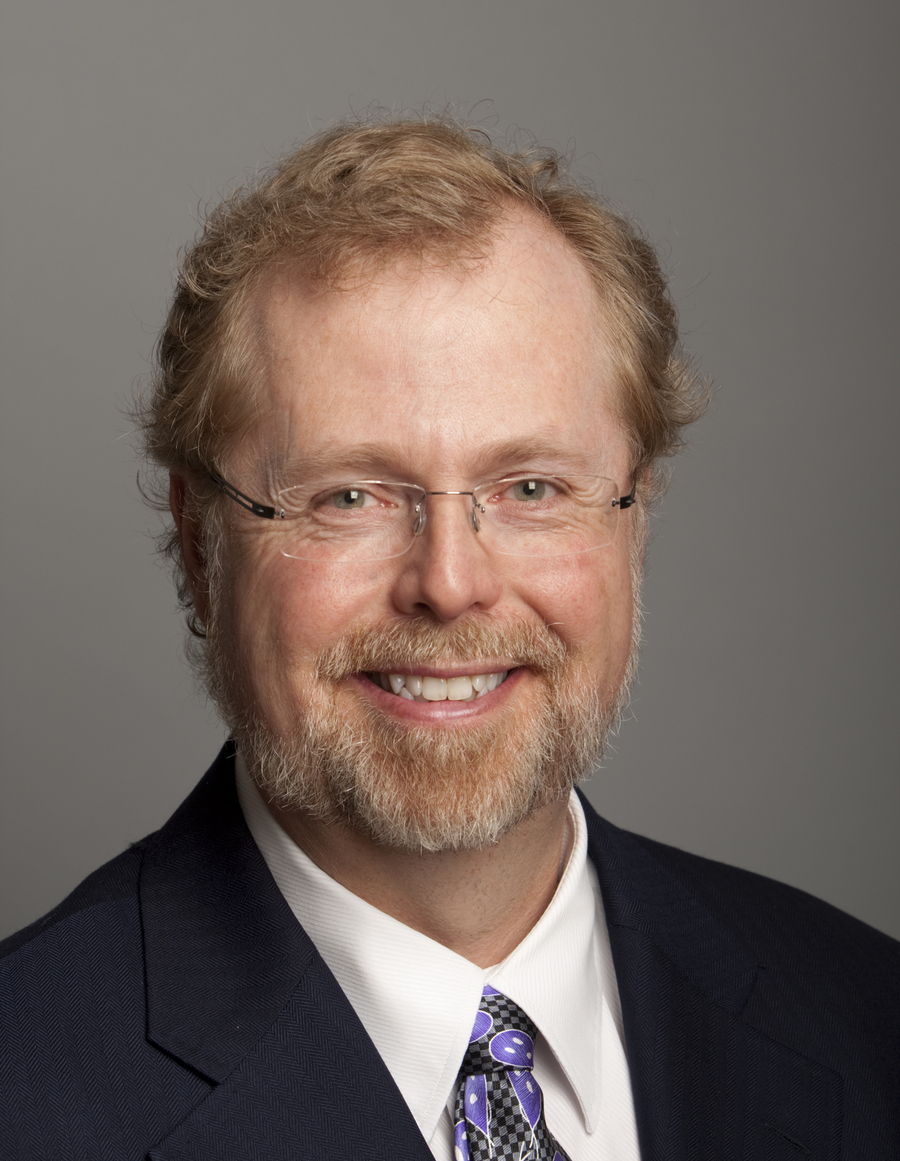Have We Been Interpreting Quantum Mechanics Wrong This Whole Time?
Jared Sperli stashed this in science
Stashed in: Science!, Einstein, Science Too, So you're saying there's a chance...., Physics
Quantum mechanics is not magic:
Particles at the quantum scale seem to do things that human-scale objects do not do. They can tunnel through barriers, spontaneously arise or annihilate, and occupy discrete energy levels. This new body of research reveals that oil droplets, when guided by pilot waves, also exhibit these quantum-like features.
To some researchers, the experiments suggest that quantum objects are as definite as droplets, and that they too are guided by pilot waves — in this case, fluid-like undulations in space and time. These arguments have injected new life into a deterministic (as opposed to probabilistic) theory of the microscopic world first proposed, and rejected, at the birth of quantum mechanics.
“This is a classical system that exhibits behavior that people previously thought was exclusive to the quantum realm, and we can say why,” said John Bush, a professor of applied mathematics at the Massachusetts Institute of Technology who has led several recent bouncing-droplet experiments. “The more things we understand and can provide a physical rationale for, the more difficult it will be to defend the ‘quantum mechanics is magic’ perspective.”
This has been the subject of debate for a century.
The probabilistic version, championed by Bohr, involves a single equation that represents likely and unlikely locations of particles as peaks and troughs of a wave. Bohr interpreted this probability-wave equation as a complete definition of the particle. But de Broglie urged his colleagues to use two equations: one describing a real, physical wave, and another tying the trajectory of an actual, concrete particle to the variables in that wave equation, as if the particle interacts with and is propelled by the wave rather than being defined by it.
For example, consider the double-slit experiment. In de Broglie’s pilot-wave picture, each electron passes through just one of the two slits, but is influenced by a pilot wave that splits and travels through both slits. Like flotsam in a current, the particle is drawn to the places where the two wavefronts cooperate, and does not go where they cancel out.
De Broglie could not predict the exact place where an individual particle would end up — just like Bohr’s version of events, pilot-wave theory predicts only the statistical distribution of outcomes, or the bright and dark stripes — but the two men interpreted this shortcoming differently. Bohr claimed that particles don’t have definite trajectories; de Broglie argued that they do, but that we can’t measure each particle’s initial position well enough to deduce its exact path.
In principle, however, the pilot-wave theory is deterministic: The future evolves dynamically from the past, so that, if the exact state of all the particles in the universe were known at a given instant, their states at all future times could be calculated.
At the Solvay conference, Einstein objected to a probabilistic universe, quipping, “God does not play dice,” but he seemed ambivalent about de Broglie’s alternative. Bohr told Einstein to “stop telling God what to do,” and (for reasons that remain in dispute) he won the day. By 1932, when the Hungarian-American mathematician John von Neumann claimed to have proven that the probabilistic wave equation in quantum mechanics could have no “hidden variables” (that is, missing components, such as de Broglie’s particle with its well-defined trajectory), pilot-wave theory was so poorly regarded that most physicists believed von Neumann’s proof without even reading a translation.
More than 30 years would pass before von Neumann’s proof was shown to be false, but by then the damage was done. The physicist David Bohm resurrected pilot-wave theory in a modified form in 1952, with Einstein’s encouragement, and made clear that it did work, but it never caught on. (The theory is also known as de Broglie-Bohm theory, or Bohmian mechanics.)
Later, the Northern Irish physicist John Stewart Bell went on to prove a seminal theorem that many physicists today misinterpret as rendering hidden variables impossible. But Bell supported pilot-wave theory. He was the one who pointed out the flaws in von Neumann’s original proof. And in 1986 he wrote that pilot-wave theory “seems to me so natural and simple, to resolve the wave-particle dilemma in such a clear and ordinary way, that it is a great mystery to me that it was so generally ignored.”
The neglect continues. A century down the line, the standard, probabilistic formulation of quantum mechanics has been combined with Einstein’s theory of special relativity and developed into the Standard Model, an elaborate and precise description of most of the particles and forces in the universe. Acclimating to the weirdness of quantum mechanics has become a physicists’ rite of passage. The old, deterministic alternative is not mentioned in most textbooks; most people in the field haven’t heard of it. Sheldon Goldstein, a professor of mathematics, physics and philosophy at Rutgers University and a supporter of pilot-wave theory, blames the “preposterous” neglect of the theory on “decades of indoctrination.” At this stage, Goldstein and several others noted, researchers risk their careers by questioning quantum orthodoxy.











9:48 PM Jul 08 2014